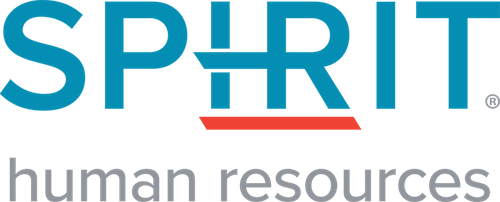Paycheck Protection Program Flexibility Act

On June 5, 2020 the Paycheck Protection Program Flexibility Act, which will implement substantial changes to the Paycheck Protection Program (PPP) was signed by President Trump into law. Among other changes, the bill extends the time that businesses have to spend PPP loan funds and alters the forgiveness rules.
Coverage Period
The Paycheck Protection Program Flexibility Act extends the covered period from February 15, 2020 through June 30, 2020 to February 15, 2020 through December 31, 2020. This extends the period during which PPP loan funds may be used from eight weeks to 24 weeks after the disbursement of the PPP loan, or up until December 31, 2020, whichever period ends earlier. Borrowers who received a PPP loan before the enactment of the Flexibility Act may elect to use an eight-week forgiveness period
Payroll and Non-Payroll Costs
The Flexibility Act amends the guidance issued by the SBA and Department of the Treasury to require that borrowers use at least 60% of the PPP loan amount for payroll costs, and at most 40% of the PPP loan amount for non-payroll costs (rent, mortgage interest, and utilities). Previous guidance issued by the SBA and Department of the Treasury’s placed the cap on non-payroll costs at 25% of the total forgiveness amount, not the total loan amount.
Full-time Equivalent (FTE) Reduction
The Flexibility Act also amends the CARES Act to provide that any reduction in the amount of loan forgiveness is avoided if the employer rehires all employees laid off between February 15, 2020 and April 26, 2020, or increases their previously reduced wages, no later than December 31, 2020.
The Flexibility Act creates an additional exemption to the reduction-in-loan forgiveness. The exemption states that the amount of loan forgiveness will be determined “without regard to a proportional reduction in the number of full-time equivalent employees” if the borrower, in good faith:
- Can document an inability to rehire individuals who were employees of the eligible recipient on February 15, 2020 and an inability to hire similarly qualified employees for unfilled positions on or before December 31, 2020; or
- Can document an inability to return to the same level of business activity as the borrower was operating at before February 15, 2020, due to compliance with requirements established or guidance issued by the Secretary of Health and Human Services, the Director of the Centers for Disease Control and Prevention, or the Occupational Safety and Health Administration during the period between March 1, 2020 and December 31, 2020, related to the maintenance of standards for sanitation, social distancing, or any other worker or customer safety requirement related to COVID-19.
For businesses that are unable to return to full operation because of restrictions on customer capacity or other reopening restrictions these exemptions are particularly relevant.
Loan Repayment
Under the Flexibility Act, payment of principal, interest, and fees are deferred until the date that the amount of forgiveness is remitted to the lender. Borrowers must submit applications for forgiveness within ten months after the last day of the covered forgiveness period.
This summary provides an overview of a specific developing situation. It is not intended to be, and should not be construed as, legal advice for any particular fact situation.
Latest Blogs from Spirit HR
Your Quick Guide to E-Verify
The federal E-Verify program has been around in some form since 1996, and it’s only getting bigger. With Florida joining the program earlier this year, around half of all states now require E-Verify participation in some way. Enrolling in the program isn’t difficult,...
3 Reasons to Outsource Your HR
Navigating the complexities of HR management can be a daunting task for businesses, especially when streamlining operations and optimizing costs are crucial for success. Outsourcing your HR functions can be a game-changer, providing the breathing room you need as a...
3 Steps to Improve Health and Safety Compliance in Your Workplace
Health and safety are two terms that can seem tedious concerning the workplace, but ignoring them and the standards they entail could result in injury, illness or even death. Prevention and preparation are integral to a safe, happy and compliant organization. Here are...
